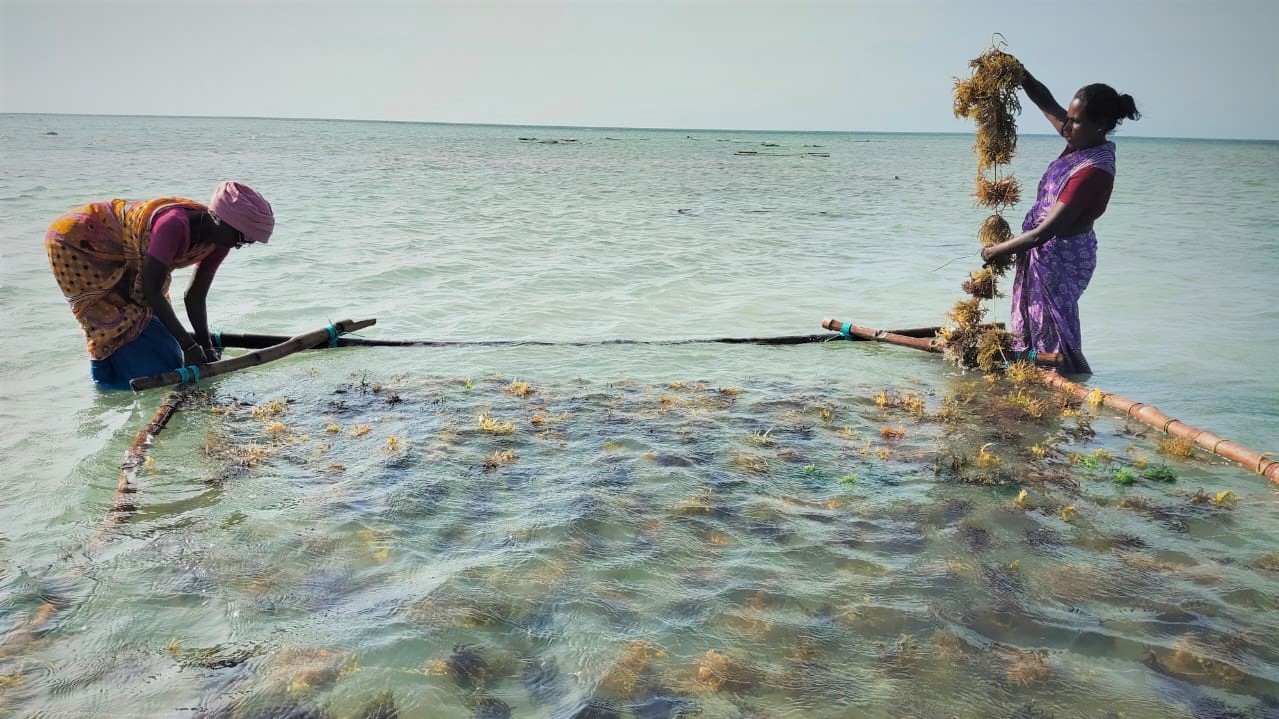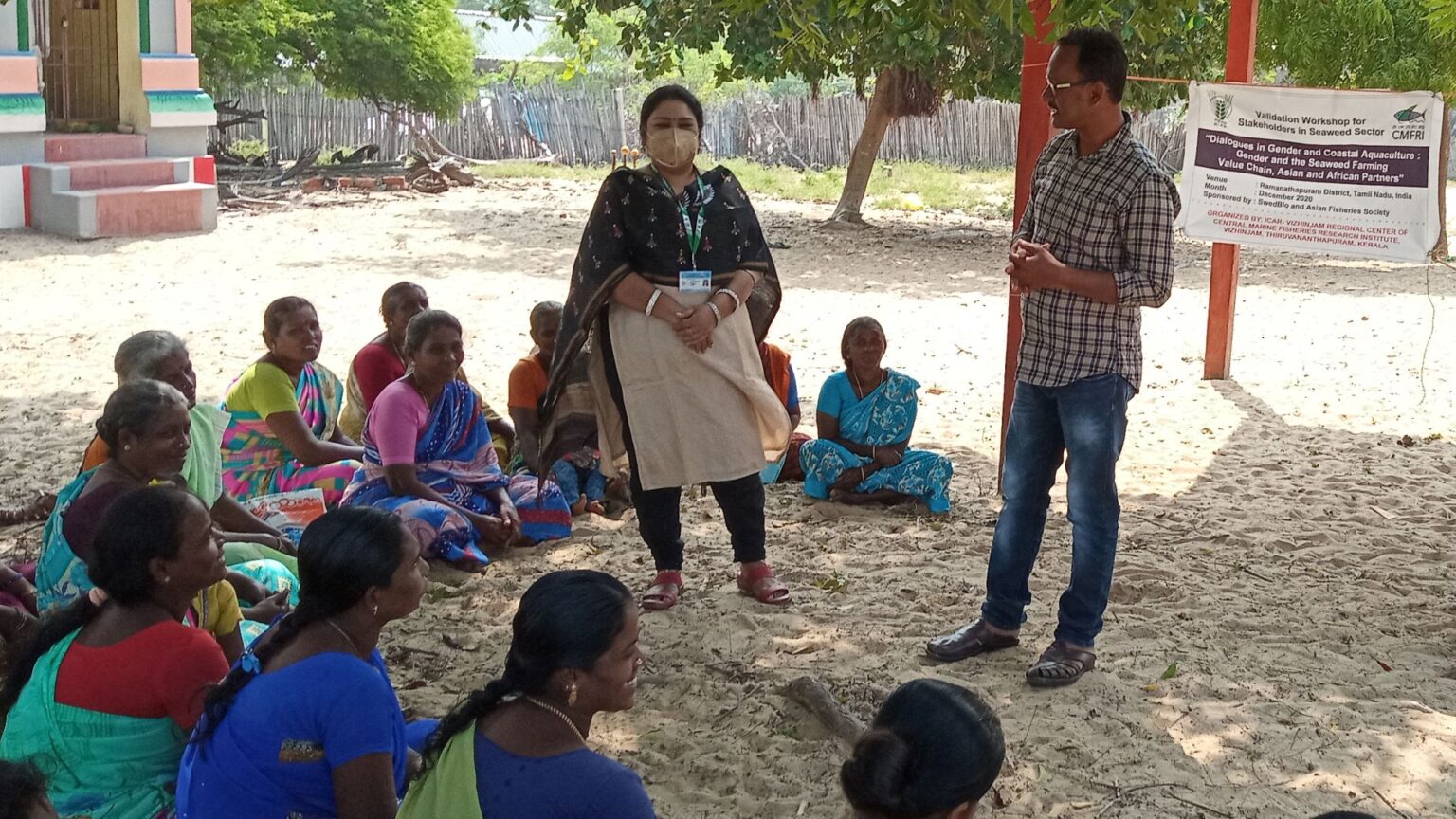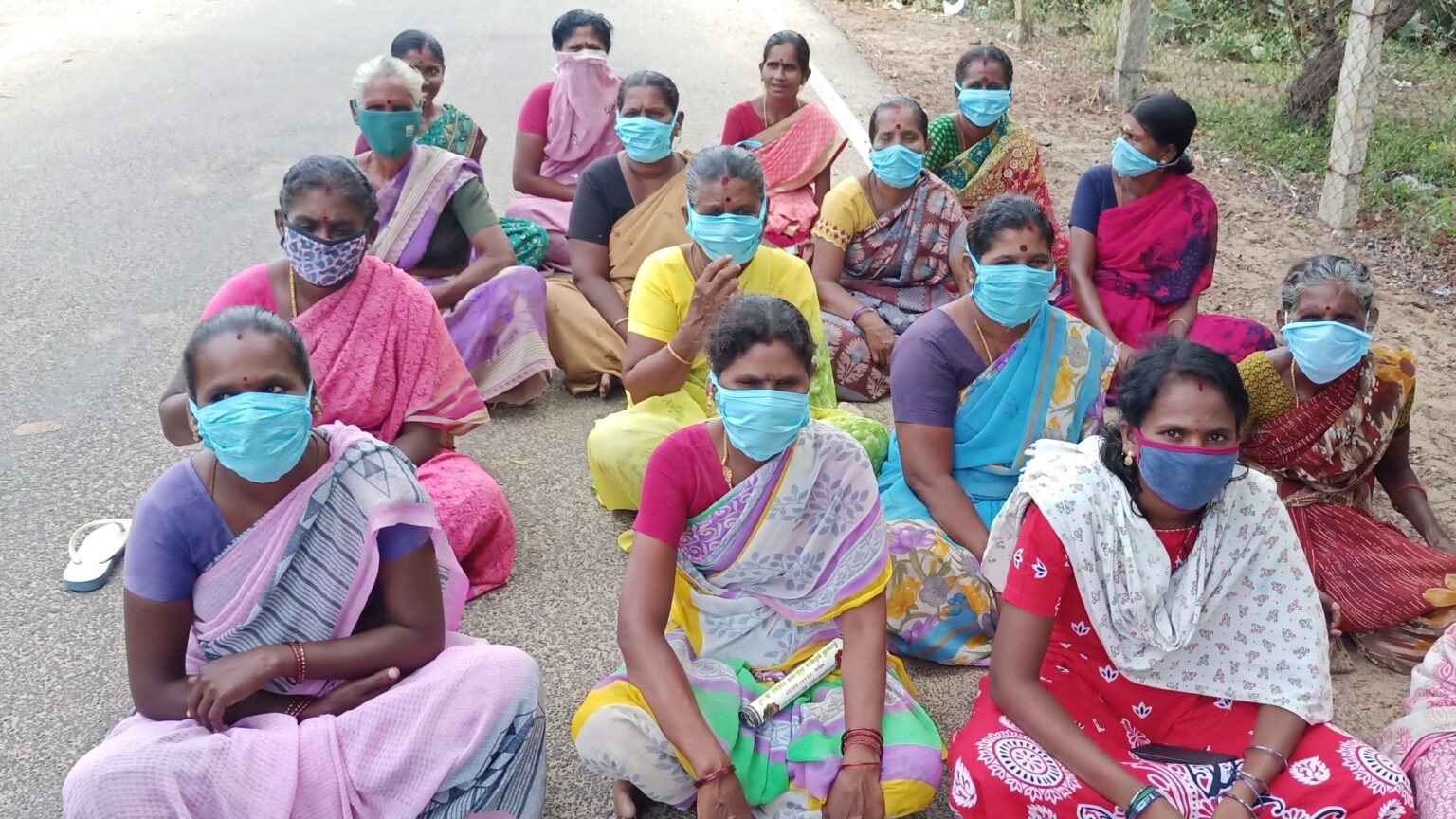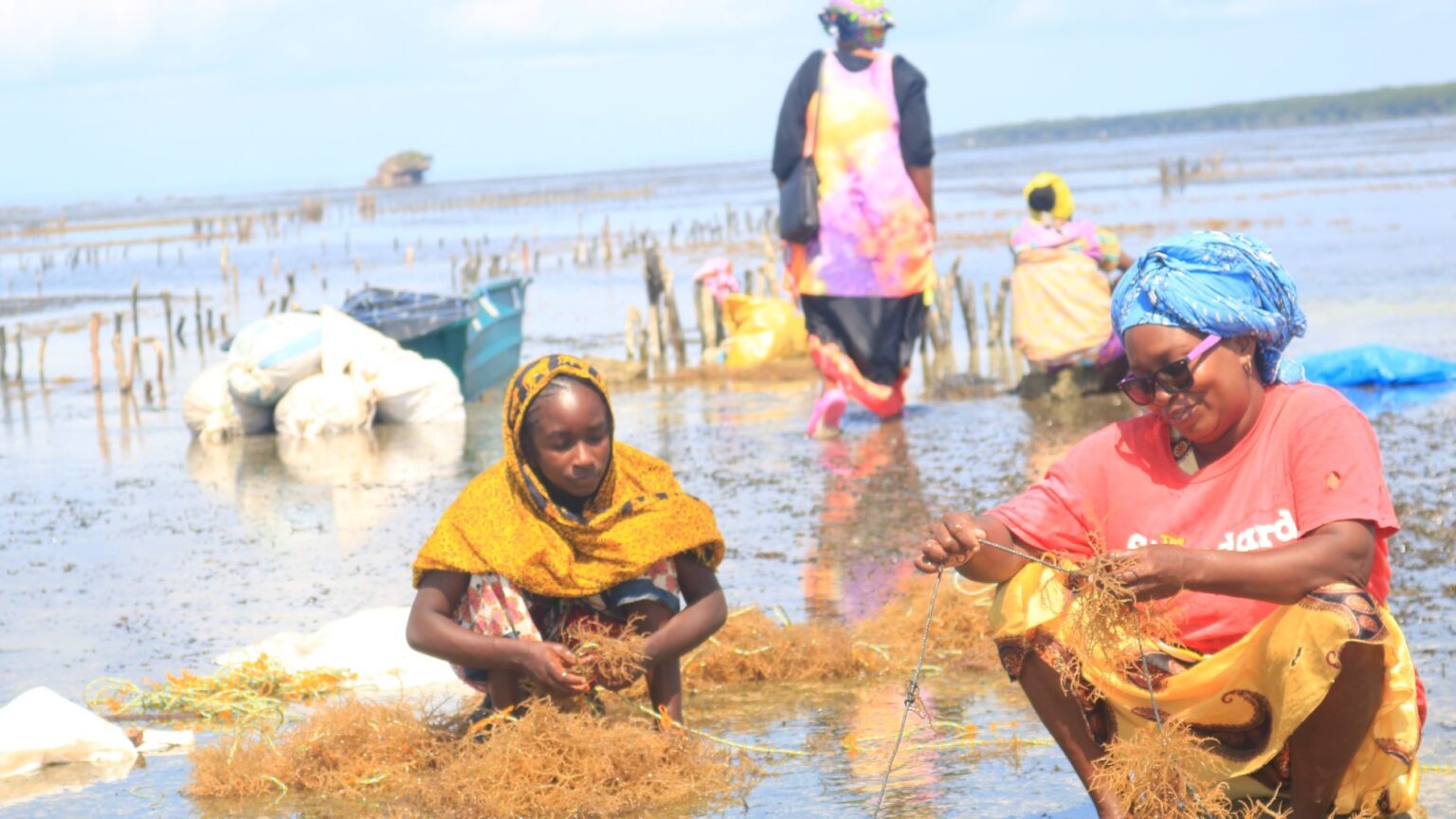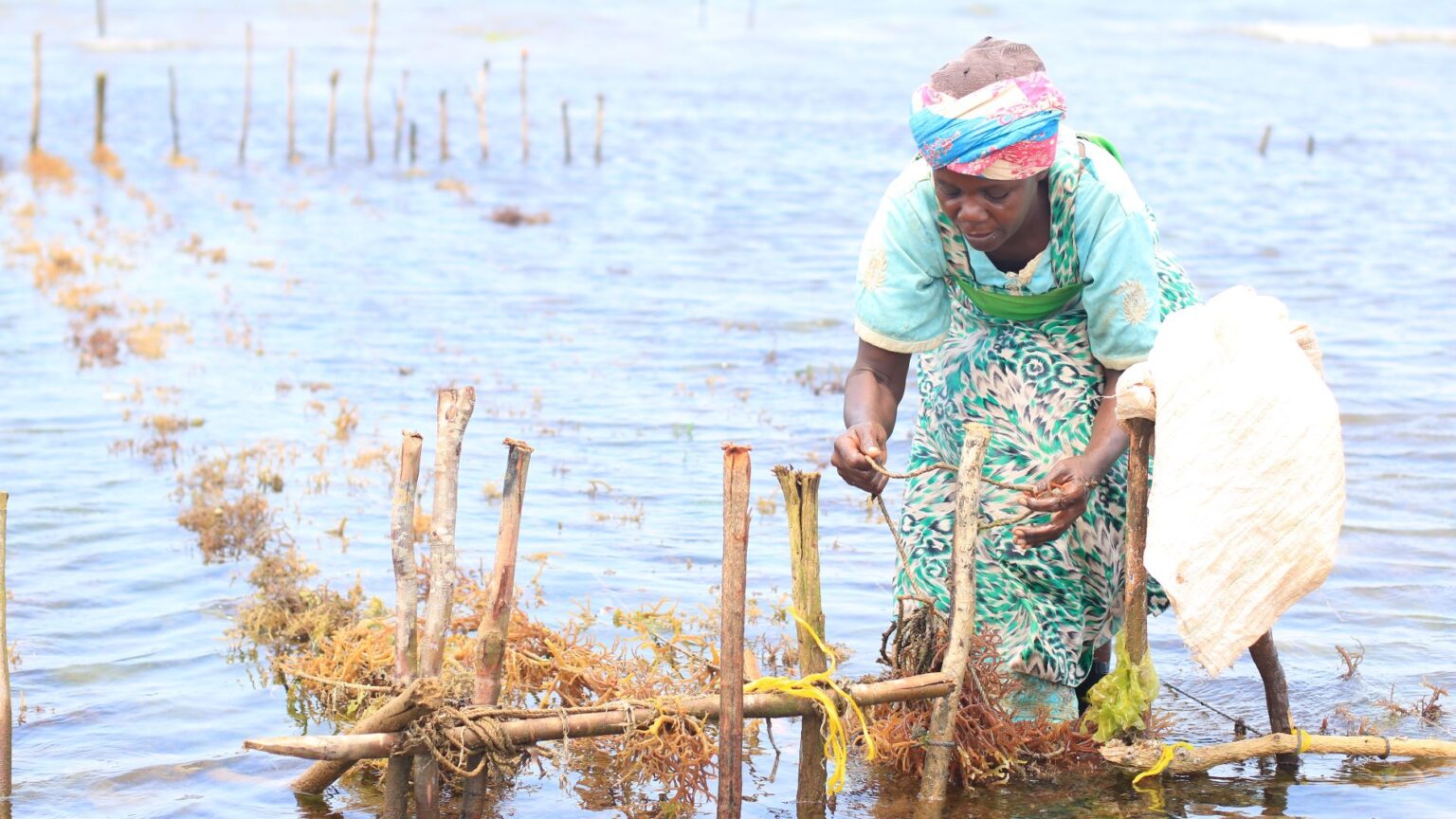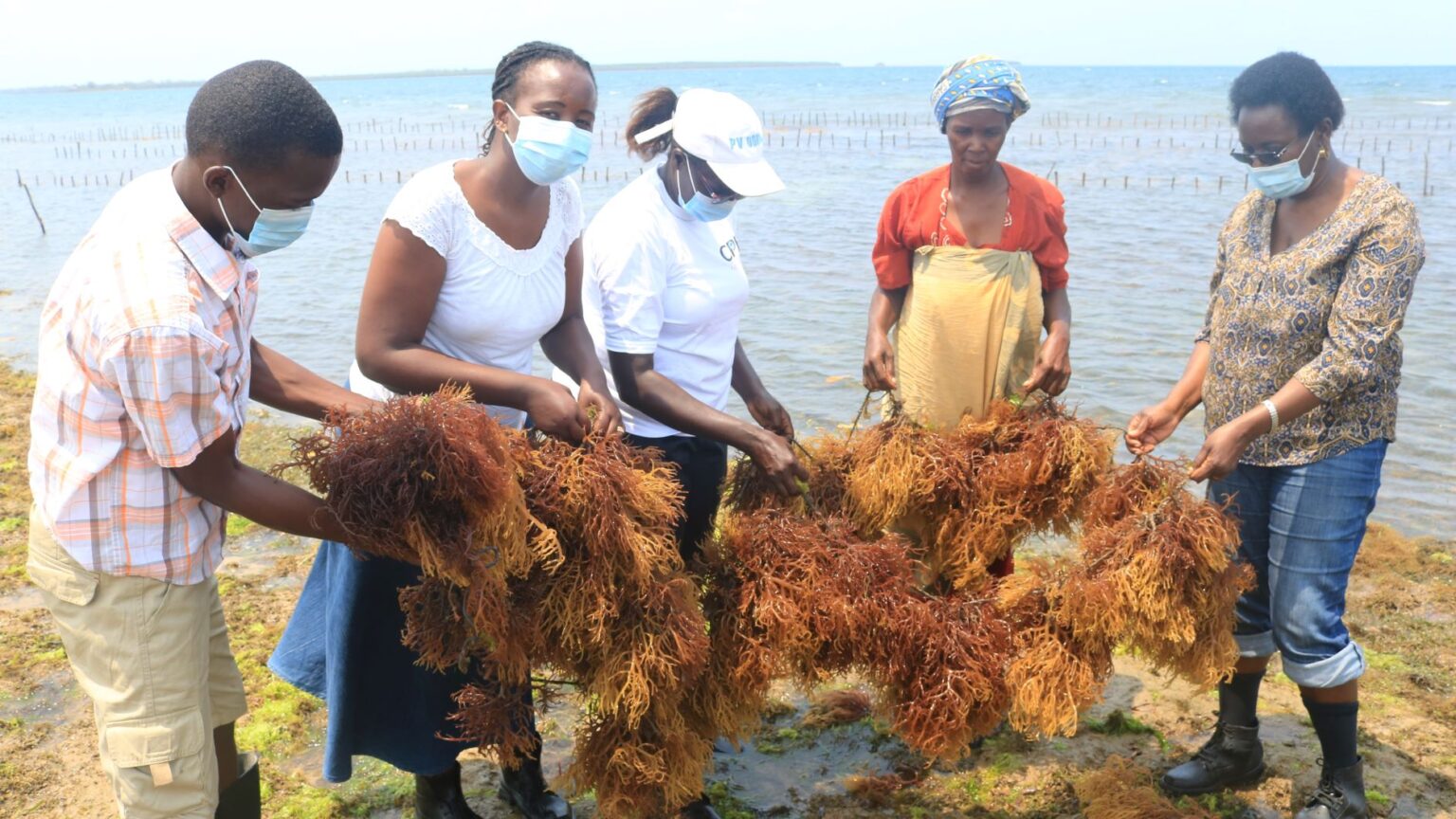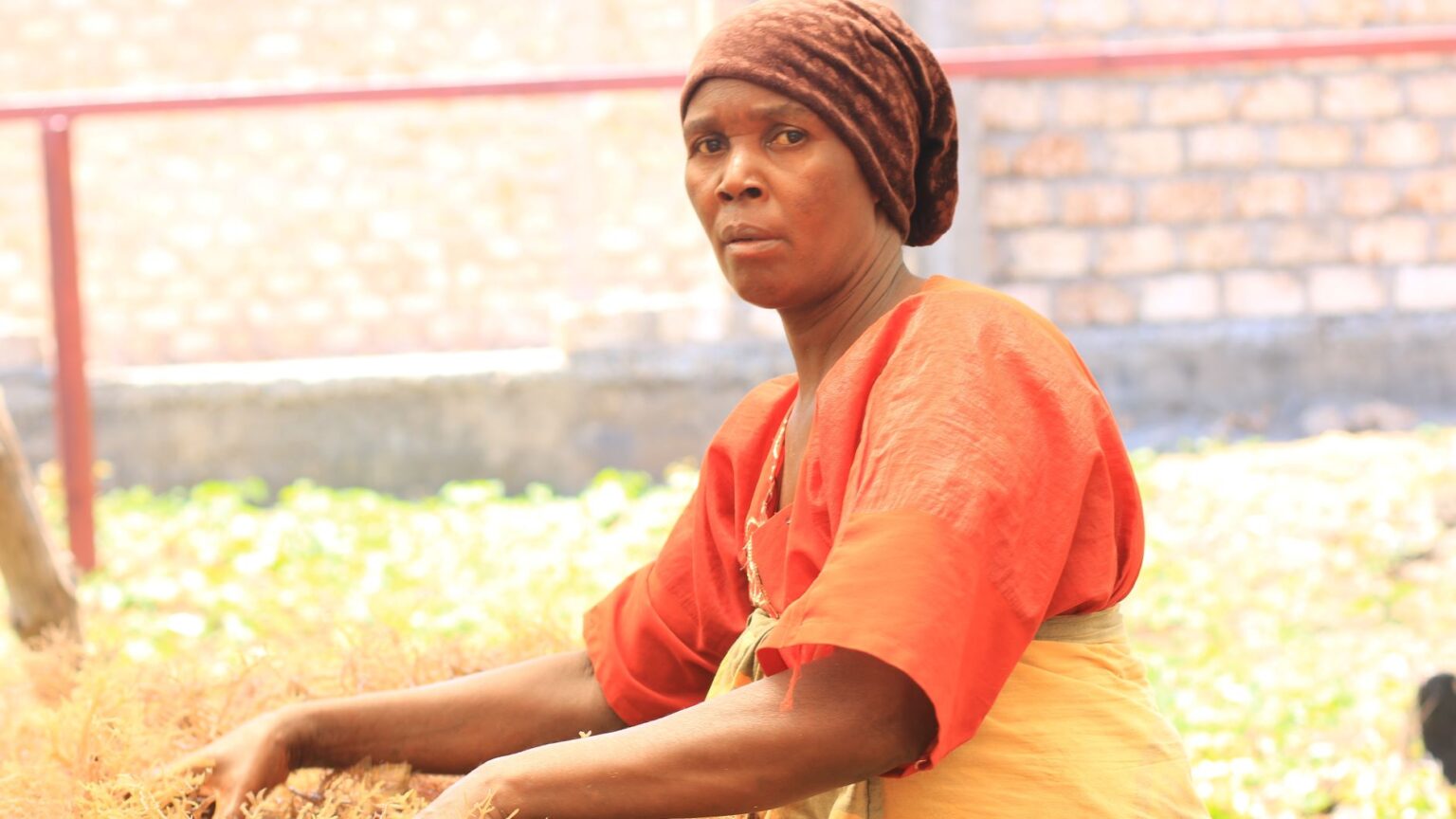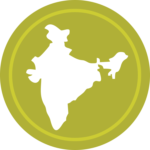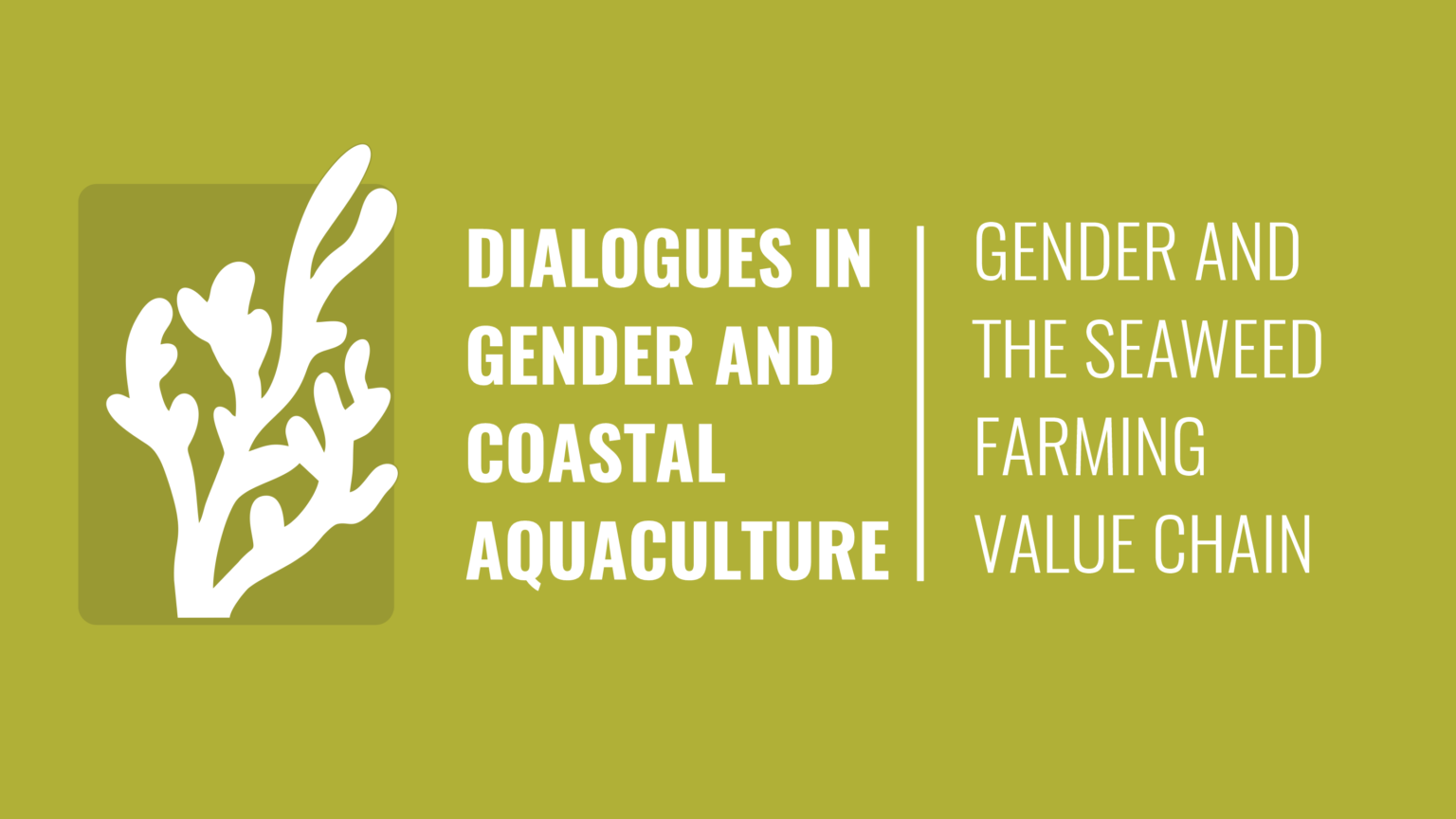
BACKGROUND OF THE PROJECT
In many coastal communities in Southeast Asia and the Western Indian Ocean, aquaculture is an alternative income-generating activity, aimed at improving local economies and enhancing food security. While aquaculture and fisheries management tend to focus on production, which is male-centric, women are important actors in certain types of small scale aquaculture production (shrimps, mussel, seaweed, crab fattening) and they are major participants along aquaculture value-chains. Women’s specific rights and needs are missing in almost all global normative aquaculture or fisheries policies, thus weakening their opportunities and failing to protect their rights. Guidelines for implementing gender equality in the fisheries sector are lacking, actions are unfunded, and officials do not know what to do. Women’s work is often part of a global value chain in which the women hold little power. Furthermore, fisheries policy boundaries themselves are very narrow and specific, having little sway over many of the activities that women perform. To overcome this, the Gender in Aquaculture and Fisheries Section (GAFS) has argued for gender analyses covering the whole value chain, since this makes visible activities that are at the fringe of fisheries/aquaculture policies and should help expand the policy coverage.
We proposed to conduct two gender policy dialogues on women in seaweed value chains, to highlight the problem of policy boundaries issues, and explore how such narrow policy definition may create problems not only for women but for the aquaculture and fisheries field in general.
OBJECTIVES OF THE PROJECT
1
To find or create the motivation(s) at each site for holding the dialogues.
2
To promote engagement of fishers, farmers, researchers, policymakers & NGOs in participatory and interactive collaborations on gender and policy implications, including actors from outside the traditional fisheries/ aquaculture field.
3
To elucidate how the impacts of globalized markets; small-scale fisheries guidelines implementations and contextualized institutions (formal and informal) determine conditions for exclusion and struggles of women at local levels.
4
To share views and experiences on how distribution of benefits and quality of participation affect social and economic advancement.
5
To indicate emerging areas of gender and environment policy inquiry.
Project Team
GAFS of the AFS:
- Dr. Meryl J Williams
- Dr. Kyoko Kusakabe
- Dr. Kafayat Fakoya
Project Coordination:
- Dr. Nikita Gopal, Principal Scientist,
ICAR-Central Institute of Fisheries Technology, Cochin, Kerala, India.
Project Site Teams:
Kenya
- Dr. Betty Nyonje, Project Site Leader
- Ms Fridah Munyi, Project Coordinator
- Mr Francis Okalo, Project Field Assistant,
Kenya Marine & Fisheries Research Institute, Kenya.
India
- Dr. P. S. Swathi Lekshmi, Project Site Leader
ICAR-Central Marine Fisheries Research Institute, Cochin, Kerala, India.
SOME TRENDS IN SEAWEED ECONOMY
Kenya
Seaweed farming was introduced in Kenya through experimental works by Kenya Marine and Fisheries Institute in the mid-1990s. The practice was perceived to be an alternative source of income to the fishing communities considering the dwindling fisheries resources and as a way of reducing pressure on the already over exploited fish stocks. Seaweed farming was believed to be an activity of last resort, thus left to women with men preferring other labor-intensive and more lucrative activities such as fishing. Women still dominate the industry but men have also embraced seaweed farming considering the benefits derived by those involved. Despite being regarded as an alternative source of income to the fishing community at the coast, farming remained at a small scale up to 2010 before attempts to expand to commercial scale were actualized. Seaweed aquaculture has however been restricted to the South Coast of Kenya with a fair share of success and challenges.
Low prices and lack of immediate market for dried seaweed has been seen as a hindrance to the growth of seaweed farming in the country. Prices have been fluctuating between 0.15-0.30 USD/kg of dried seaweed, and according to farmers, this isn’t a reflection of the labor and time invested in the farming exercise but it has led to exit by a number of individuals. Farmers have also in some instances been forced to stay with dried seaweeds in their homes for long periods with the hope of finding a buyer. Market has remained as one of the biggest challenges for the seaweed farming sector in Kenya. Farmers have mainly relied on the sale of dried seaweeds to exporting companies. This has led to exploitation by the companies who offer low prices. The industry has seen entry and exit of several companies. Zanzibar C-Weed Corporation is the latest entrant in the seaweed market with a different formula which includes provision of farming implements to farmers as a form of subsidy to enhance production. Farmers sell seaweeds at 0.25 USD per kilogram of dried seaweed to the company who stores it onsite in a warehouse before export.
Efforts to minimize over dependence on export companies as the only market outlet led to the development of other value added products such as cosmetics and food products. A seaweed soap processing plant which deals in production of value-added products such as bath soap and shampoo was also established at Kibuyuni through the intervention on the Government of Kenya and the UN Food and Agricultural Organization. The Kibuyuni seaweed soap (KISEFA soap) has received the S-Mark of certification from Kenya Bureau of Standards and is in the process of being fully introduced in to the market. Production is however ongoing and the proceeds from the sale of these products goes to Kibuyuni Seaweed Farmers Association (KISEFA), a registered Community Based Organisation.
KISEFA has overseen the establishment of a cooperative in its efforts to offer immediate solutions to seaweed farmers. With C-Weed Corporation not able to buy seaweed from farmers on a weekly basis, and farmers requiring immediate market for their produce, the cooperative embarked on purchasing dried seaweed from farmers at 20KES/kg and later selling to the company at 25KES/kg with the difference of 5 KES being remitted as members’ contribution to the cooperative. This way, farmers are able to realize immediate benefits from their activities and is thus a morale booster. There have been efforts to extend the functioning of this cooperative to other farming sites.
India
India has a rich biodiversity of seaweed beds. The two Indian States which are the hotspots of seaweed biodiversity are Gujarat and Tamil Nadu. These two states constitute more than half of India’s seaweed biodiversity. These two States together harbour around 366 species of the total 844 species found in the Indian subcontinent. India depends on seaweeds harvested from the wild for agar and alginates production, whereas the production of carrageenan resources is sourced from cultured species.
Seaweed cultivation in India gathered momentum in mid-1990s with a private company (Pepsico) ushering in contract farming of seaweed in the coastal district of Ramanathapuram of Tamil Nadu State India. The company started organizing the self-help groups of men and women in the farming and made tie up arrangements with financial institutions like NABARD (National Bank for Agriculture and Rural Development) so that a large number of men and women in the district started realizing the potential of seaweed farming as a high income, low investment and short duration farming.
When seaweed farming technology was introduced in these regions by CSMCRI (Central Salt and Marine Chemical Research institute) and CMFRI (Central Marine Fisheries Research Institute), the fisher families decided to take it up as a family-based enterprise. Infrastructural facilities in the form of bamboo poles and ropes were provided with financial assistance from nationalized bank subsidies. Each individual was allotted 45 rafts, so that an Individual could easily plant as well as harvest a raft in a day. During this period, the average yield/rafts was 240 Kg/raft, out of which 200 kg of fresh biomass was processed to form the dry product and 40 kg was used as planting material for the next cycle. Pepsico established a buy back arrangement with the sea weed farmers. Within a very short time, seaweed farming could revolutionize the lives of thousands of women in this coastal district. The farming technology became a game changer and a money spinner.
The seaweed sector in Ramanathapuram has two domains of activities. One is the seaweed farming sector and the other being collection of seaweeds in the natural environment by diving underwater i.e. collection from the wild. In both the domains of activities the role of women is singular and predominant. In the case of wild collection, 99.90 percent of the collection is done by women. It is considered as women’s forte. The central portion of the coastline of Tamil Nadu is occupied by the Palk bay. Palk bay harbours natural vegetation of Gracilaria that is commercially harvested in this region. The Gulf of Mannar region is located along the southern coast of Tamil Nadu and is rich in all three species of seaweeds namely Gracilaria, Sargassum, Ulva and Turbinaria. It has to be mentioned here that the Gulf of Mannar is a protected biosphere and harvesting of seaweed from the wild is strictly prohibited by law in the core area and such activities are permissible only in the buffer zone. Community imposed self-regulations hold a sway over the coastal communities engaged in harvesting the resources from the wild. Harvesting is done only 12 days per month during spring tides. In the Gulf of Mannar, 1555 fisher folk from 14 coastal villages are known to harvest seaweeds, including 1270 women and 285 men. Along the Palk Bay coast, 670 fisher folks from 24 villages harvest seaweeds. Among them, 460 are women and 210 are men. Harvesting is done by cutting the erect fronds with a knife. No metal scrapers are used by them lest they damage the corals on which the plants are found to grow. Farming of seaweeds in the Gulf of Mannar was put to a stop by a special government order in 2010.
SOME KEY OBSERVATIONS
Filling the process gap of ensuring greater inclusivity in the dialogue process:
The dialogues have to be inclusive to achieve the fundamental objectives of any dialogue process/ project. In this project a multiple evidence based approach was used as it was simultaneously implemented in two sites in two countries, having different seaweed farming approaches as well as unique socio-cultural settings.
Women tended to be timid in the beginning but strategizing to hold smaller dialogues and with people belonging to particular areas and for different age-groups (as in Kenya) eased the dialogue process for several women and they were able to speak up. With training in ICTs being provided and virtual dialogues being organised, there was a definite improvement in the extent of participation of women.
Women-only group dialogues also helped in making women more vocal. To make the dialogue space more inclusive, the strategy would be to start small, preferably category-wise (women, men, youth, age-groups etc). Increasing the number of dialogues will also make participants familiar with the process and expectations from it and this may lead to better interaction.
Larger dialogues involving more stakeholders may intimidate women and other vulnerable groups and this can be resolved through the familiarization process mentioned above. Facilitators also have an important role in seeing that the dialogues are conducted smoothly with proper guidance and no interference from their part.
Managing conflicts and personal risks:
Conflict for space between seaweed farmers and fishermen exist in Kenya but they have their resolution mechanisms including proper farm demarcation. Seaweed farmers are now registered as Beach Management Unit members bound to the same by-laws as fishermen and thus enabling conflict resolution between them.
In the Indian site, at present every village which is involved in sea weed farming has its own self imposed regulations as the number of rafts are the same for all families involved. At present each family owns 15 rafts. These are owned mostly by women in the family (as they are eligible for a 60% subsidy in comparison to men who are eligible only for a 40% subsidy).
Holding dialogues separately for men and women minimized any risks of increasing gender-based violence in Kenya.
The increase in violence against women and alcohol abuse were voiced by certain sections of women farmers in India. Women were too shy or rather afraid to be too open about such domestic issues. Though a few women chose to speak out and own up that they, indeed, were victims of such abuse, the remaining women said that, it was too small or insignificant a claim. Participation of women was ensured after due cultural aspects were considered so as to eliminate the aspect of personal risk to participants.
Documenting Empowerment:
The ICT training empowered the women and youth tremendously both in terms of feeling comfortable with technology and having the confidence to stand up and talk during a large gathering with men and government officials in Kenya. The women from these groups today are participating in zoom meeting at both the national, regional and international levels to tell the world their story, market their products through social media and bargain for fair prices for their produce from the buyers.
In earlier instances there was indeed resentment from men concerning the economic empowerment of their women in the majority of the villages, to the point of some men sabotaging the women’s work. It took dialogues and training to allay the fears of the male members of the communities that their wives are not competitors, but rather supplementing the family income.
In India, the dialogues proved that the voices of women were heard. Through the dialogue process, women have been made aware of their rights and privileges more, and they have gained more self-confidence. It was observed that both husband and wife jointly took part in decision making in the family.
FUTURE INITIATIVES
Kenya
As continuation to this work in Kenya, a one year project on “Ruptures and Gendered Adaptation in Small Scale Fisheries” is now being implemented. We are looking at socio-political, economic and ecological challenges (calling them moments of shock) facing fisheries, coastal aquaculture and tourism as a result of mega development/infrastructural projects and how coastal communities are adapting to these. Social movements/actions against sudden and destructive economic development is one of the adaptation mechanisms being explored within these communities who are increasingly more confident to raise their voices to defend themselves against unfair practices.
India
In January 2021, the state has inked MoUs with three companies for promoting processing, value addition and setting up of factories for effective and timely utilization of seaweeds, so that farmers can get the best price for their produce and post-harvest losses are reduced. The seaweed would be procured from the farmers as well as those engaged in collection from the wild. The Govt. of India is also implementing various programs under the scheme Pradhan Mantri Matsya Sampada Yojana (PMMSY). ICAR-CMFRI will be working with seaweed farmers of Ramanathapuram, Tamil Nadu (project site) for imparting training. The program also has a subsidy component for women and weaker sections @60% of investment cost and for men @40% of the investment cost. CSMCRI (Central Salt and Marine Chemical Research Institute), ICAR-CMFRI and NCSM (National Center for Sustainable Coastal Management) are going to conduct an in-depth study on the feasibility of sea weed farming and its impact on coral biodiversity, in the Gulf of Mannar islands.
Seaweed farming is one of the target sectors under the Blue economy initiative in both countries. In Kenya there is massive support from the government in terms of infrastructure and capacity building. The Government of India is targeting a cluster/area based approach for seaweed farming. Besides, the potential sites for seaweed farming in the country will be demarcated based on Marine Spatial Planning.
ORGANISATIONS INVOLVED
The project titled “Dialogues in Gender and Coastal Aquaculture: Gender and the Seaweed Farming Value Chain” was funded through the Asian Fisheries Society (AFS) under an agreement with SwedBio, and implemented by project and in- kind contributions by partners from Kenya (Kenya Marine and Fisheries Research Institute (KMFRI)) and India (ICAR- Central Marine Fisheries Research Institute) in close collaboration with the IACR-Central Institute of Fisheries Technology, India responsible for overall coordination of the project and the Asian Fisheries Society, through its Gender in Aquaculture and Fisheries Section (GAF)

AFS
The Asian Fisheries Society (AFS) is a non-profit scientific society aims at promoting networking and co-operation between scientists, technicians and all stakeholders involved in fisheries (including aquaculture) production, research and development in Asia.
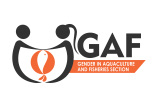
GAFS
The Gender in Aquaculture and Fisheries Section (GAFS) of the Asian Fisheries Society was founded in January 2017, based on nearly 20 years of activities led by the informal network on, originally, Women in Fisheries, and later Gender in Aquaculture and Fisheries.
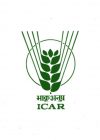
ICAR
The Indian Council of Agricultural Research (ICAR) is an autonomous organisation under the Department of Agricultural Research and Education (DARE), Ministry of Agriculture and Farmers Welfare, Government of India. The Council is the apex body for co-ordinating, guiding and managing research and education in agriculture including horticulture, fisheries and animal sciences in the entire country.
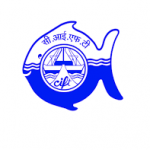
ICAR-CIFT
The Central Institute of Fisheries Technology (CIFT) set up in 1957 is the only national center in the country where research in all disciplines relating to fishing and fish processing is undertaken. Headquartered in Kochi, it has research centers at Veraval (Gujarat), Visakhapatnam (Andhra Pradesh) and Mumbai (Maharashtra).
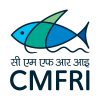
ICAR-CMFRI
The Central Marine Fisheries Research Institute was established in 1947 under the Ministry of Agriculture and Farmers Welfare and later it became part of ICAR in 1967.
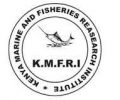
KMFRI
Kenya Marine and Fisheries research institute was established in 1979 as a result of an enactment of the Science and Technology (Amendment) Act, and was charged with the responsibility of conducting research and making management recommendations essential for the national exploitation of living and non-living aquatic resources in the ocean waters.

